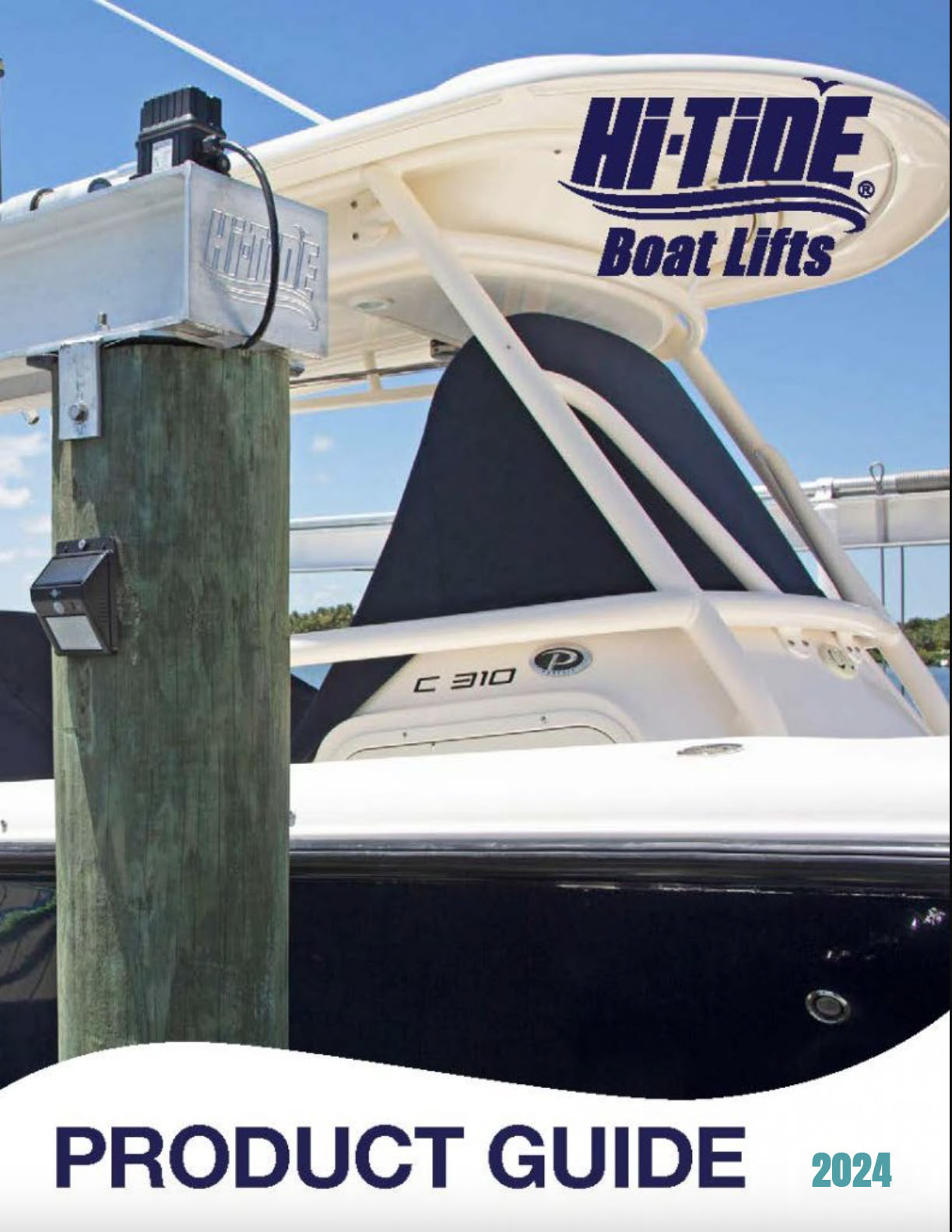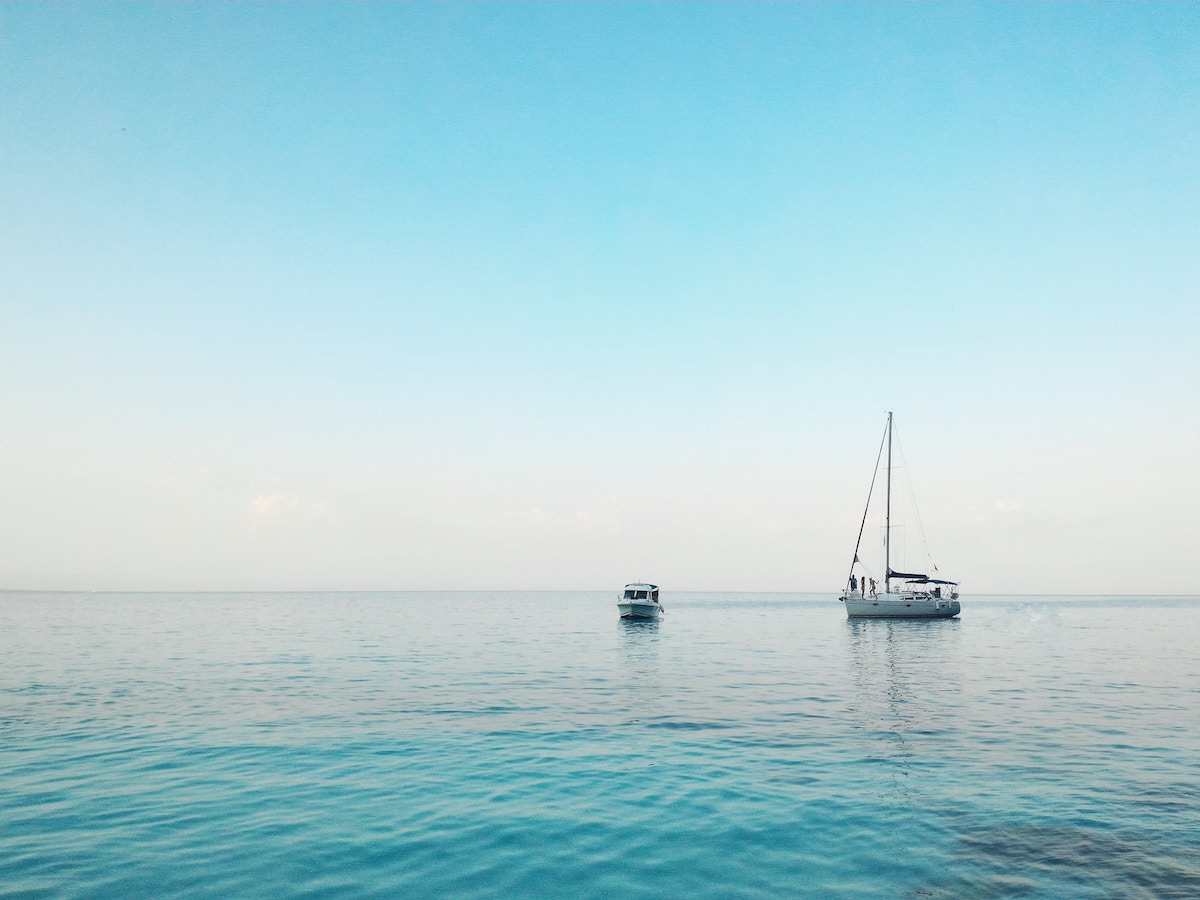
Boating is sometimes looked at as a bit of a slacker’s sport. After all, many hit the water specifically as a break from the hustle and bustle of real life. Even so, the fact that boating is associated with a lax lifestyle doesn’t mean that even the most “chill” of captains can let safety go by the wayside. Atop that list of risky boating practices is distracted boating–something many of us struggle with now that smartphones put the internet at our fingertips.
Instead of taking selfies and updating your Twitter feed with the latest from your boating adventure, put the phone down while operating your vessel and use your day on the water as a bit of an escape–unplug, as they say. As we’ve discussed in a previous blog post, distracted driving is dangerous enough, but when you add in the dangers inherent with operating a boat, the risks only increase.
How to Avoid Distracted Boating
In an article from Boating Mag, the National Safe Boating Council director emeritus Virgil Chambers outlined a handy reminder to keep your mind off of distractions and prioritize safety. Just remember to SCAN:
- Search: Always remember to scan your surroundings for potential dangers, such as fellow boaters, sandbars, and other obstructions. Remember, the higher the speed, the less time you’ll have to avoid anything in your path.
- Concentrate: You have to also be sure to focus on other objects with which you’re sharing the water. Is it another boat? Is that vessel traveling a bit too quickly? Is it stationary? Concentrating on the waterway will keep you from accidentally running into trouble.
- Analyze: Pay close attention to whether the object in view is seeming to get closer to you without changing position. This is a sure sign that you are on a collision course and need to change direction.
- Negotiate: If you find yourself on a collision course, do not panic. Instead, safely make an obvious adjustment after carefully assessing your current position.
By keeping your concentration on safety while operating your vessel, you can enjoy more time having fun once stationary. Though smartphones may be handy in an emergency or to snap some pictures of your adventures, just make sure electronics and other factors don’t lead you into the dangerous waters of distracted boating.
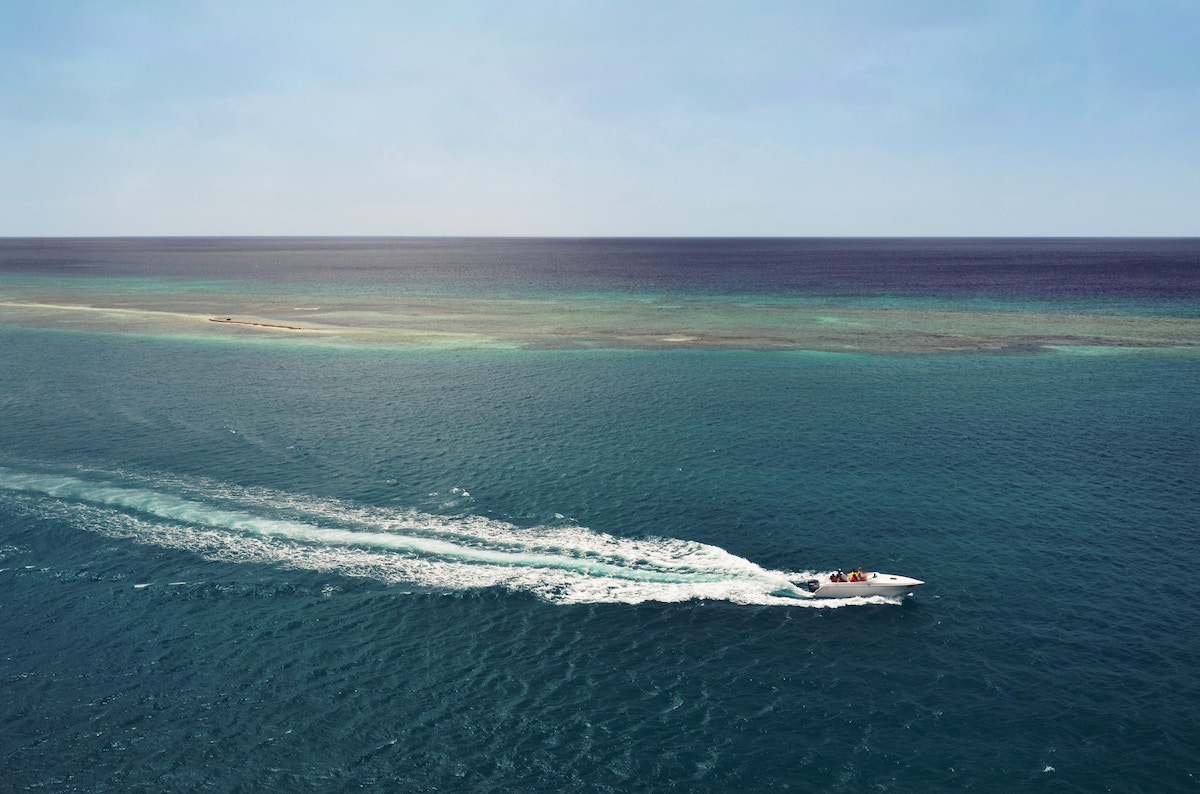
If there’s one thing boaters can agree on, it’s that we all disagree on a lot. From where the best fishing spots are to the fight of monohull vessels vs. catamarans, there are plenty of arguments to be had. However, one of the more technical of these battles is the discussion of outboard motors vs. inboard motors.
Without getting so deep into the subject that you might need a nautical engineering degree to understand it, let’s break down the basics of why you may be better off with one or the other.
Fast Facts on Inboard Motors
- Often quieter than outboard motors, making them a good option for pleasure cruisers and entertaining guests
- Take up some real estate on the craft, necessitating a large box to house the motor in the center of the vessel
- Can be more powerful than outboard motors, as they are often designed after larger car engines
- May be more expensive than smaller outboard motors
- Pose a greater fire hazard to your vessel due to the fact that they are centrally located in the craft
Fast Facts on Outboard Motors
- Far easier to service and replace than inboard motors, due to easy accessibility
- When storing the boat, engine can be easily lifted out of the water
- Easier to steer without power due to integral skeg and directional thrusts
- Can allow for more shallow fishing than inboard, since motor can be lifted out of the water
- Can take up space at the rear of the boat, especially if multiple outboard motors are utilized
Just to mix things up, there is also an option C: inboard/outboard (I/O), also known as sterndrive that mixes concepts from both motor types. In short, sterndrive boats have automotive-style engines in the vessel, but have a drive unit that acts as both transmission and propulsion to the propellers in the rear of the vessel.
So, which model of boat motor is right for your needs? We wouldn’t dare make that decision for you. We recommend you do a bit of research and, using the fast facts above, try to make an informed decision before hitting the dealership. Also, never be afraid to ask questions, and lots of them. Many boating buddies and boat sellers would be more than happy to share an educated opinion or two, to say the least.
No matter which side of the debate you end up on, there is one other thing most boaters can agree on besides lots to argue about, it’s that we’d rather be boating than doing most anything else. So, with that in mind, we hope that whichever vessel you choose, you have a great time on the water.
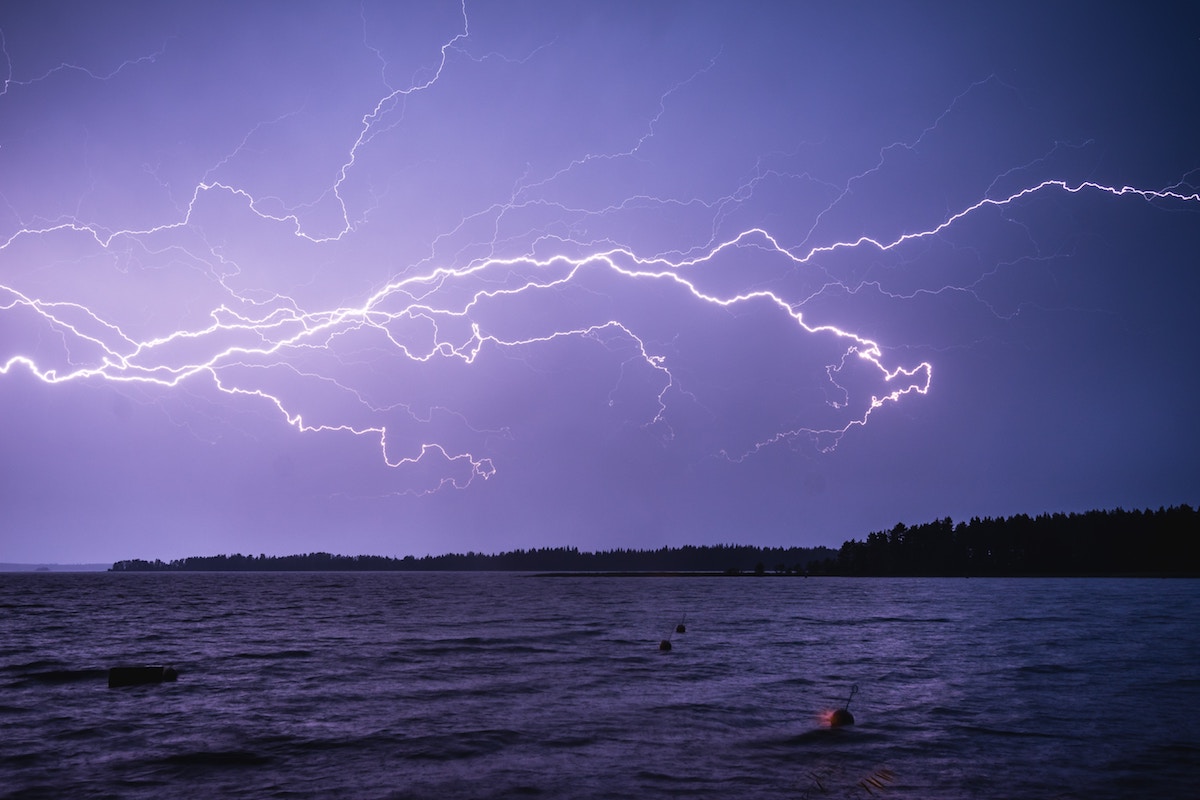
The summer is on its way, and with it, sunshine, pool parties and, unfortunately, the danger of lightning for boaters–a bummer, we know. However, there are three simple boating safety tips that can help you steer clear of potential risks. When the thunder starts rumbling, do you know what to do?
- When in Doubt, Don’t Head Out: This one’s pretty simple but worth reiterating: if bad weather is forecasted to hit when you plan on being on the water, adjust your plans. Though some regions see thunderstorms nearly daily, they can often be predicted and scheduled around.
Remember that many summertime thunderstorms, especially in the southeast, tend to come in the afternoon. Always check the latest forecasts and current weather conditions before and during your trip to stay well out of the way of dangerous lightning strikes.
- The 30-Minute Rule: If you hear thunder while boating, seek shelter inside of your vessel if it is enclosed. Immediately stop swimming, tubing or doing other activities in or around the water and don’t resume them until there has been a break in the thunder for at least 30 minutes. Also, avoid touching metal surfaces and never use your VHF unless it is an absolute emergency during a lightning storm.
- Boat Lightning Protection: Lightning rods, also known as air terminals, can be installed on a boat and wired to a ground plate that would connect to and help insulate other metal objects on the vessel. During a lightning storm, you can protect your electronics by storing them in an onboard microwave, which will act as a Faraday cage–a container that, like a car, will protect whatever is inside of it from lightning.
By keeping track of the weather, following the 30-minute rule and protecting your boat before hitting the water, you can help reduce the risk of dangerous lightning strikes. Though getting struck by lightning is generally a rare occurrence, this is one force of nature you do not want to take your chances with. As always, stay safe, avoid those summer thunderstorms and have a great time while on the water!
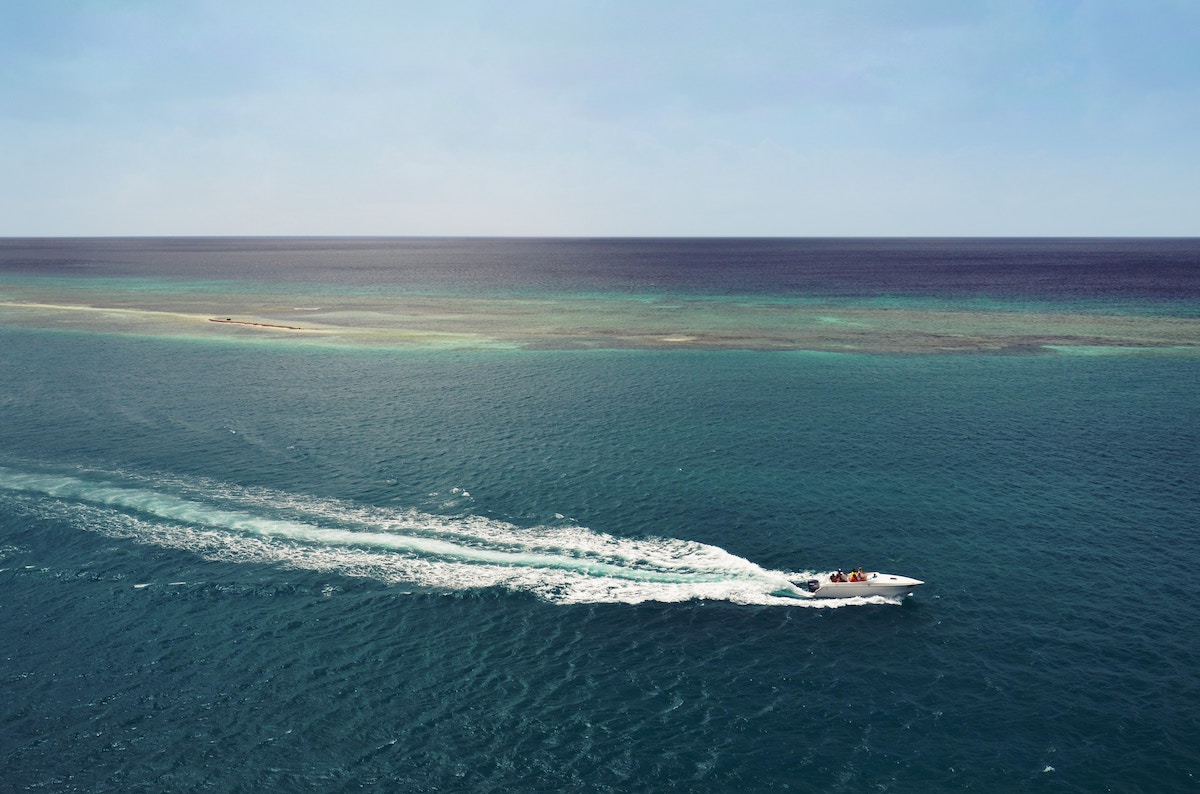
Safe boating is something we always try to preach at Hi-Tide, and for good reason. We love boating but never at the expense of safety. See, when it comes to something inherently fun, it’s far too easy to get carried away and put the fun before responsibility. We get it. However, with this week having been Safe Boating Week, we were inspired to remind you of a few ways you can boat safely this season.
Safe Boating Week-Inspired Ways to Stay Safe on the Water
- Boating Safety Classes: OK, pros. We know you’re probably rolling your eyes here. You don’t need any stinkin’ boating safety class. Right? Wrong. Even the most practiced boater can get a bit rusty if he or she doesn’t brush up on the basics from time to time. Heck, you may learn something new. For the less practiced boater, taking a local boating safety class makes perfect sense to get a handle on the do’s and don’ts before hitting the water and putting others at risk.
- Vessel Safety Checks: The US Coast Guard will happily provide a vessel safety check, free of charge. Some have a misconception that safety violations will result in some kind of fines or other penalty but rest assured, these checks are simply to help ensure your boat is safe. Additionally, the USCG provides a handy boat safety checklist to help you examine your own vessel and make sure it’s ready for your next adventure.
- Life Jacket Fit: Life jackets (aka PFDs) are extremely important, literally life-saving boating safety devices. However, if they don’t fit properly, they won’t do you much good in an emergency. Learn how to properly fit a life jacket before buying them for yourself and your family.
Though Safe Boating Week is coming to a close, these tips can help you all season long. Brush up on your boating in local boating safety classes, get and perform boating safety checks and make sure your life jackets fit before hitting the water. Remember, boating is great fun, but only as long as we all commit to doing so safely. We’ll see you (safely) on the water.

Back in the days before everyone had smartphones on-the-ready, we used to figure out how to get from point-A to point-B the old fashioned way–with maps. Today, drivers only need to know the name of the place they’re trying to get to, drop it into Google Maps and be on their way. To apply this technology to many popular South Florida waterways, Google is stepping in with Google Street View maps, making navigation easier than ever.
Partnering with the Marine Industries Association of South Florida, Google is set to create a detailed map of 143 nautical miles from Jupiter to Key Largo. Though the obvious benefit is directly to the boaters who can more accurately map out their next day of waterway fun, there is also a big benefit to the area’s boating-related businesses. With Google Waterway View, waterside businesses like restaurants, fuel docks, marinas and more will be prominently featured, hopefully bringing more attention and new customers.
The potential collective good that this project could provide is huge for boaters and the boating industry at large. Those who enjoy the many fantastic South Florida waterways will soon be able to make lunch plans and choose where to gas up as easily as they might in their cars. Who knows? Maybe your favorite waterway will be next up for Google.






